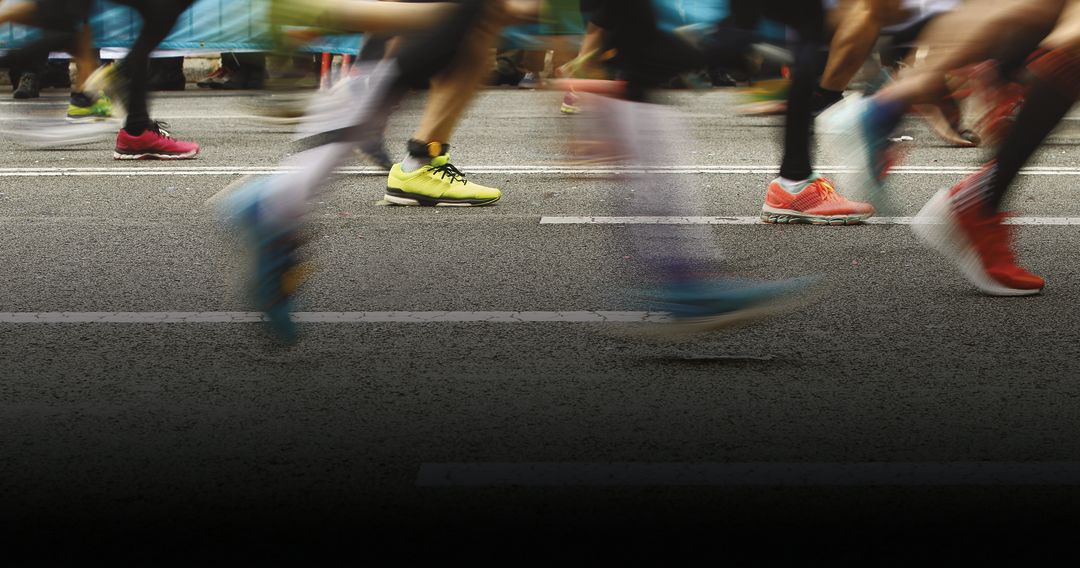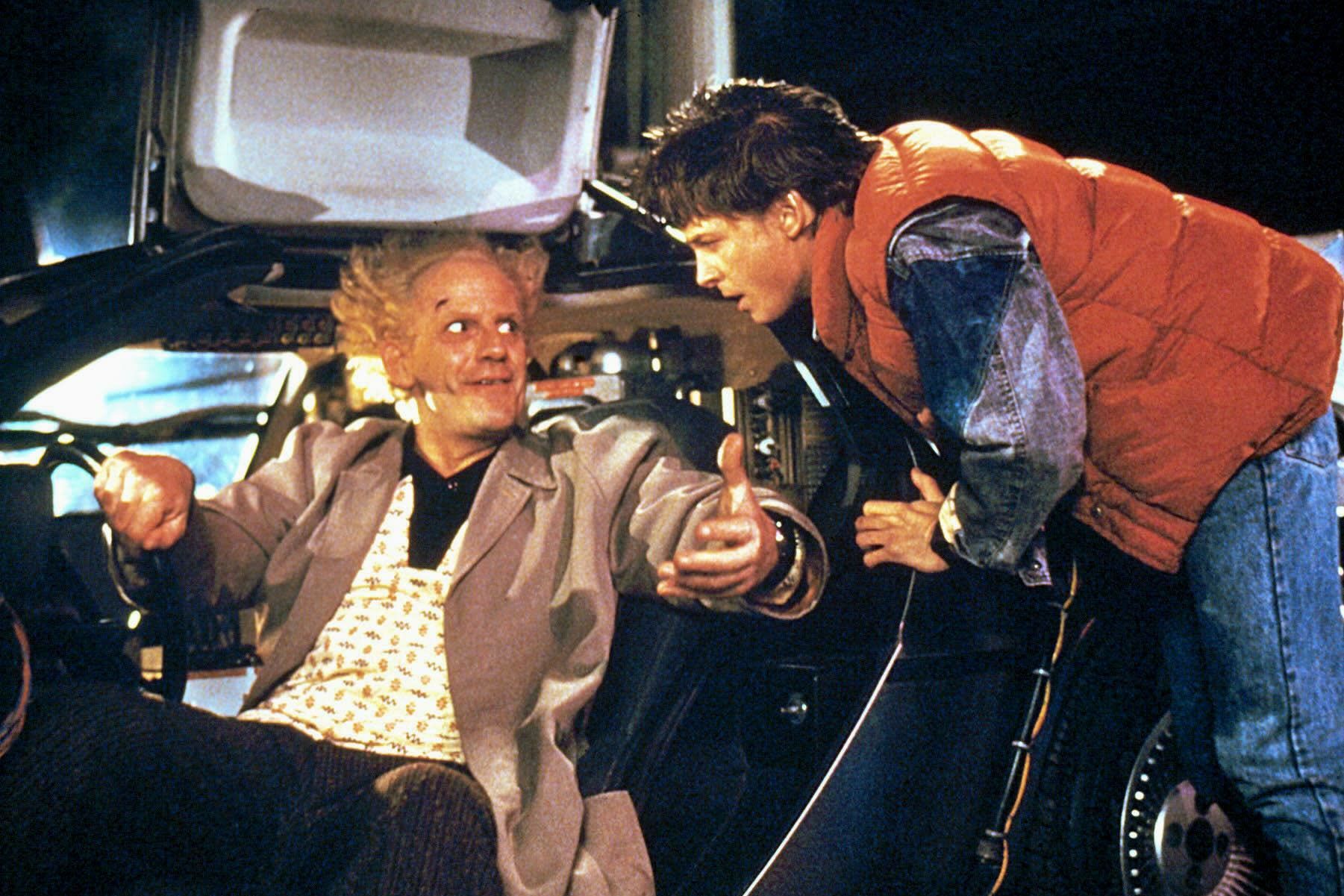In the Run-Up to Rio, Can the Nike Oregon Project Outpace Controversy?

On August 21, an hour before sunrise Pacific time, about 100 human stringbeans will sprint from the starting line at Rio de Janeiro’s Sambódromo. For the next 26.2 miles, they’ll need to hold pace to medal in the men’s marathon—one of the final events of the XXXI Olympiad.
One reason for fans in Oregon to beat the dawn: Galen Rupp. Just months ago at the Olympic Trials, the boyish 30-year-old Portland native—usually a mid-distance runner—qualified for the US National Team with an impressive 2:11:12 marathon debut, one minute faster than this year’s Boston Marathon winner. Now his coach, Alberto Salazar of the Nike Oregon Project, hopes his protégé can be victorious in a sport long dominated by East African runners.
That objective is the reason Salazar and his Nike colleagues launched the Oregon Project back in 2001: to revive distance running in the US after a long fallow period. The project has delivered, with Rupp taking silver and his British NOP training mate Mo Farah taking gold in the 10,000 meters (about 6.2 miles) at the 2012 Olympics in London.
Some allege that the project has taken a few shortcuts in pursuit of glory. As Rupp goes for gold, here’s what’s at stake in the world’s greatest race.
What’s the Nike Oregon Project? After some ’80s glory, American distance runners slipped hard in global rankings—and Nike VP Tom Clarke was hating it. Sure, patriotism and all that. But Clarke also wanted the distance-running equivalent of a Michael Jordan—a superstar to sell shoes. Nike cofounder Phil Knight approved cash for high-tech prep: a hermetically sealed, low-oxygen training house near Forest Park, a hyperbaric chamber, the works. To train the runners, they tapped Alberto Salazar.
Who is Alberto Salazar? In the early ’80s, this Cuban-born University of Oregon alum was a US marathon star with a reputation for ludicrous focus. He won Boston and numerous other major marathons, and set American records at 5,000 and 10,000 meters. Upon retiring, Salazar turned to coaching.
What’s the trouble? In June 2015, a BBC/ProPublica documentary claimed that in 2002, 16-year-old Rupp, then newly under Salazar’s tutelage, tested positive for banned testosterone. More recently, other former NOP runners and staff have alleged that Salazar coaches athletes to seek and use prescriptions unwarranted by actual medical conditions.
What’s Salazar’s position? Salazar emphatically denied the BBC allegations. Rumor has it the US Anti-Doping Agency dropped a yearlong investigation this June. In 1999, Salazar famously told an audience at Duke University that elite athletes face an almost insoluble ethical dilemma: “It is currently difficult to be among the top five in the world without using EPO [red blood cell–boosting injections] or human growth hormone.... So many athletes are running so fast that their performances are suspect.”
What is the dope? Anabolic androgenic steroids are, of course, banned. But some say prescription medications have replaced them. Testoboost and Alpha Male are legal supplements used by runners at NOP and elsewhere. Thyroid medications—which ex-NOP runner Kara Goucher claims Salazar encouraged—can help runners shave weight. Medical corticosteroids (asthma inhalers) reportedly improve oxygen uptake and muscle performance. Then there’s “blood doping” à la Lance Armstrong: EPO, blood transfusions, synthetic oxygen carriers. Salazar has repeatedly claimed that no NOP athlete has ever failed a drug test. At least one NOP athlete tested positive in 2006 for testosterone gel—sprinter Justin Gatlin, who says a massage therapist applied the gel without his knowledge.
Who’s the fastest right now? In 2014, Kenyan Dennis Kimetto set a world record in Berlin: 2:02:57, or a blistering 4:42 minutes per mile.




